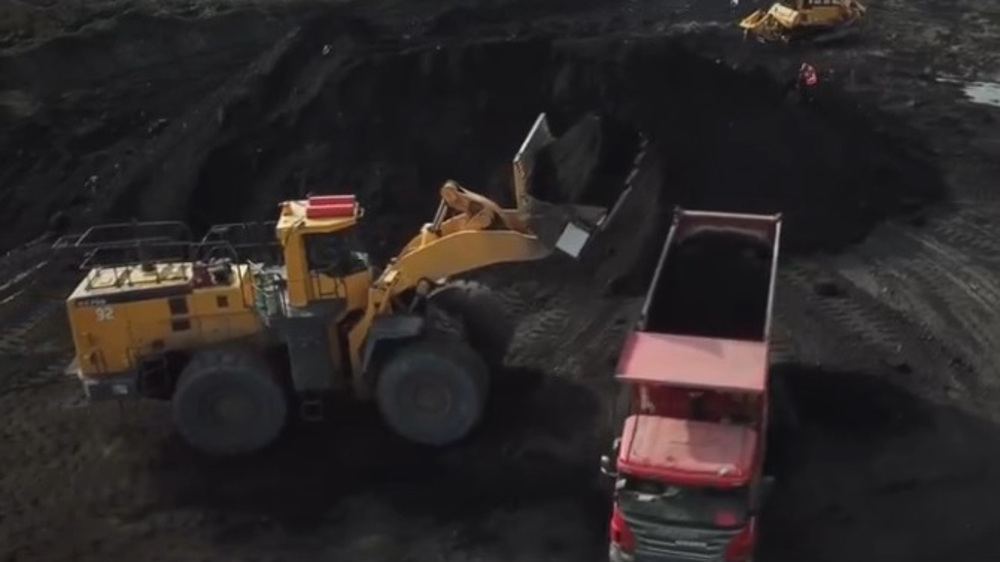Special economic zones
Economic zones have been around for a long time. Special economic zones are areas where business and trade laws are different from the rest of the country.
These zones are located inside country borders, but are exempt from trade tariffs and other barriers. Only when goods are moved to consumers within the country, are they subject to the prevailing customs duties.
Free trade zones are considered a type of special economic zone that are designated areas for commercial purposes. At its core, these zones are types of policy-enabled industrial parks.
Both economic zones share similar benefits. Some advantages include trade loopholes and fewer bureaucratic entanglements, while cutting logistical costs.
Statistic provided by the Iranian Free Zone High Council show around 40% of the countrys exports happened through free trade zones, generating nearly 170 billion dollars since 2013.
Going off of the same figures, commodity exports from these zones topped $17 billion in 2020. The High Council also reported that productions from these zones reduced imports by nearly 50% in the past 7 years.
There are some 40 economic zones operating in the country. Seven new free trade zones and 13 special economic zones were also approved by the government this year.
The Iranian Free Zone High Council estimates that there are around 1,400 industrial units operate in these zones.
There are several advantages to economic zones for businesses, particularly, offering an ecosystem and infrastructure that allows smooth operation of complete value chain productions and distribution.
The first economic zones were established in southern Iran in 1989 on Kish and Qeshm Islands.
Nearly three decades later, special economic zones are still being refined and face certain obstacles to their development.
IRGC Intelligence Organization vows to stand firmly by Iranian nation against foreign-linked riots
Iran’s top security official warns of firm response to foreign-linked armed rioters
VIDEO | Vienna shows solidarity with Venezuela
Nationwide rallies condemn riots as police say armed terrorists killed
VIDEO | Iran builds largest cable-stayed bridge in West Asia despite sanctions
VIDEO | Ankara hosts Palestinian culture day amid Gaza genocide
VIDEO | Pakistan eyes defense exports to cut reliance on Western financing
VIDEO | Lebanese army ends first phase of monopoly of arms









 This makes it easy to access the Press TV website
This makes it easy to access the Press TV website